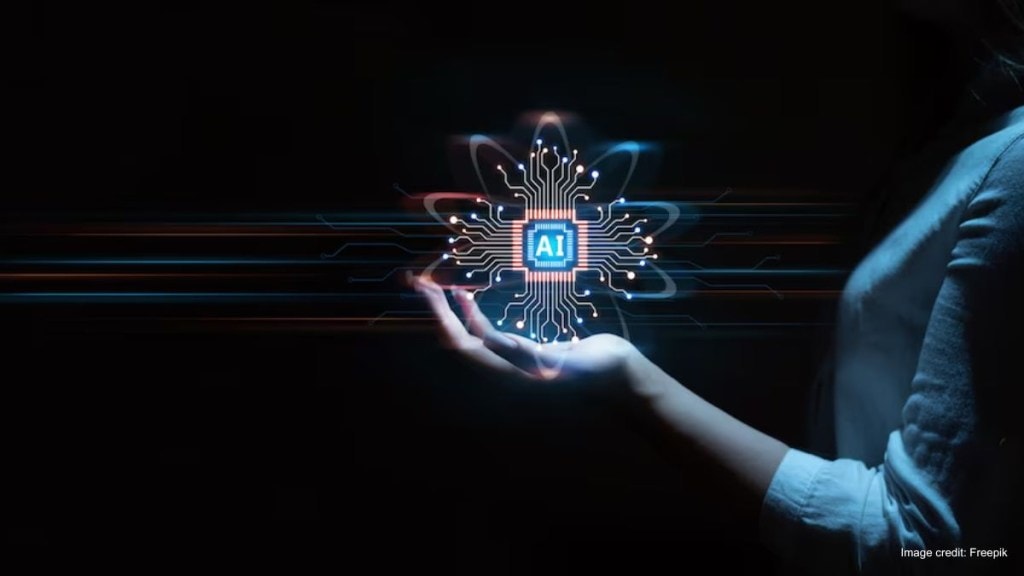By Ujjal De
With the surge of conversational AI and the popularity of ChatGPT, artificial intelligence is getting more and more accessible, and the corporate world is getting less reluctant to implement AI in various process transformation initiatives. Technology has always been the ammunition to achieve higher efficiency by automating repetitive tasks. Still, it needed more creativity, a minute understanding of human behavior, and interpersonal communication skills to address the needs of HR management.
In the last decade, many HRMS (Human Resource Management Systems), ATS (Applicant Tracking Sytems), innovative job board platforms, and AI candidate assessment tools emerged to assist HR professionals in managing the heavy lifting task and being more productive. However, the new wave of artificial intelligence is taking a step forward to focus on the quality of the output and stepping into a realm beyond automation.
Can ChatGPT or artificial intelligence tools transform the employer’s brand? Can it shape the organization’s culture? Can it establish diversity, equity, and inclusion (DEI)? Let us look into how AI implementation can drive fundamental changes and improve the quality of HR practices.
Improve HR Communication
Effective employee communication is critical to an organization’s success as hybrid workforce models are becoming more prevalent worldwide. Tons of emails, continuous alerts, and unproductive meetings can confuse employees and make them feel burnt out.
Addressing multiple queries from several employees can be a considerable challenge for human resource professionals. ChatGPT can provide personalized and relevant information to each employee and address HR queries related to payroll, leaves, benefits, and policies faster and more accurately.
While hiring, recruiters experience similar challenges in responding to the applicants and keeping them engaged during the application process. Conversational AIs can play a pivotal role at various stages of recruitment, from answering frequently asked questions to asking basic screening questions that can evaluate potential candidates. It can prepare the checklist, schedule meetings, and onboard candidates with zero delays and improve candidate experience manifold.
Implement Learning and Development Strategies
ChatGPT has seen early success in L&D content creation, but its actual capability is detecting individual skill gaps and developing personalized learning paths. The data analysis and predictive modeling of ChatGPT can evaluate an individual’s skill set and identify potential training programs complementing emerging industry trends.
The L&D team can implement ChatGPT as a personalized tutor to curate relevant knowledge libraries and solve a particular problem. It can reduce the overhead time for sending reminders for course completion and bring the new hire up to speed much faster by tracking the training progress.
Reduce Employee Turnover
There is no respite to the growing attrition rate across industries and roles, and the global talent crunch has plagued every organization’s recruitment strategy. Several studies have mentioned that the value of losing an employee might be as high as 200 percent of that employee’s salary. Still, evaluating the actual cost of productivity loss alongside hiring and training costs can be complicated.
In theory, most organizations have identified the reasons for voluntary exits and categorized them into conventional reasons for job dissatisfaction – compensation needs, skill gaps, lack of growth, work pressure, management issues, high work pressure, etc. However, the reasons for employee turnover are much more nuanced, and the retention plan should be more dynamic and personalized to address individual needs. ChatGPT can monitor employee data and identify the micro behavior shift that can lead to attrition. It can also develop and recommend retention strategies to mitigate attrition risks and generate better results.
Conclusion
The pressure to recruit high-quality candidates, retain key talents, and protect the organization’s culture will continue to mount in the future. Businesses will adopt AI solutions that efficiently harness employee data and deliver tangible output on time at a much more stringent budget. The age of Digital HR, with a plethora of complex dashboards, human-interpreted insights, and delayed action, might soon be over.
The AI proofs-of-concept (POC) are capable of taking care of the last-mile execution and delivering value by improving productivity and profitability. A new generation of AI-powered HRTech solutions is emerging that can execute high-volume automation and drive sustainable business growth simultaneously. The key objective of AI would be to streamline the HR process and protect the interest of both the employees and the employers. It will not take the “human” out of human resources. Instead, it will enable the organization to be more resilient to the risks of economic uncertainties and the volatility of large-scale resignations or mass layoffs.
The author is Founder, CEO, KarmaV
